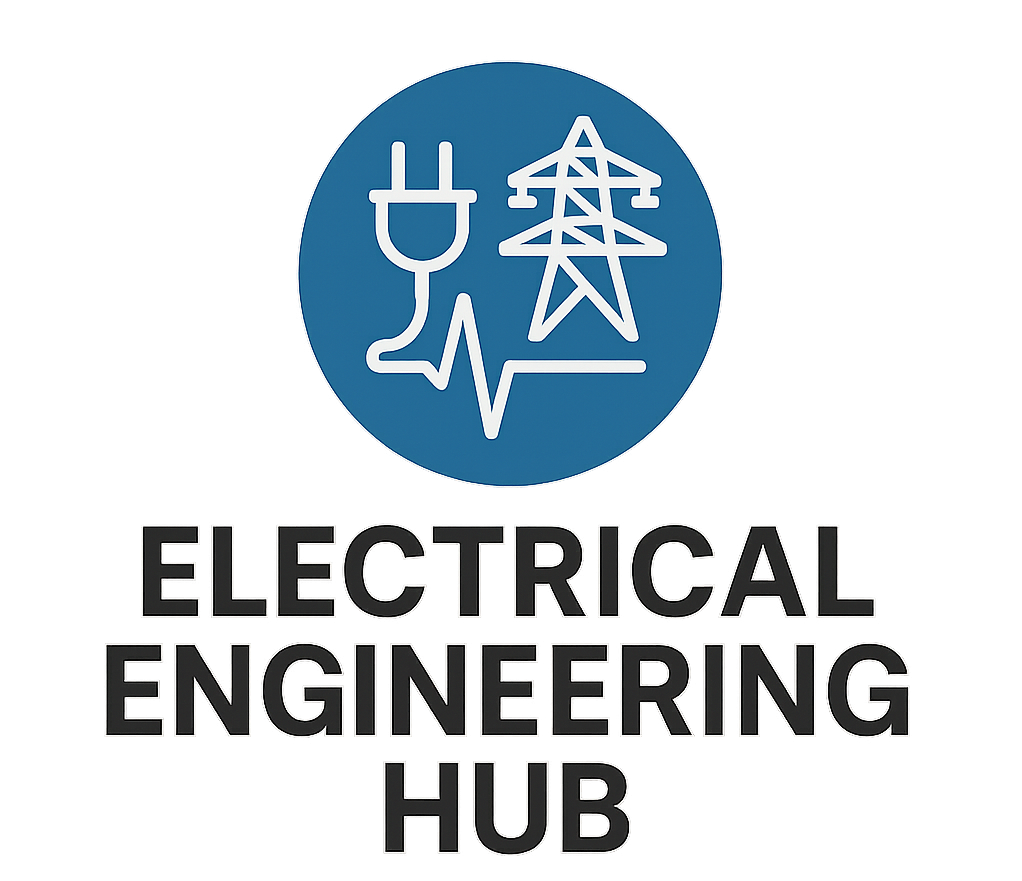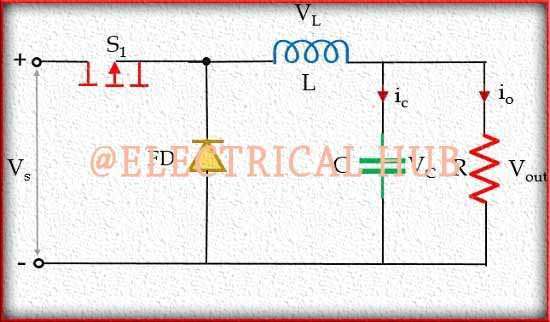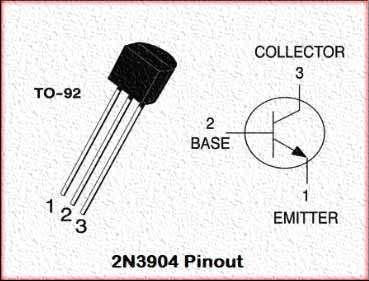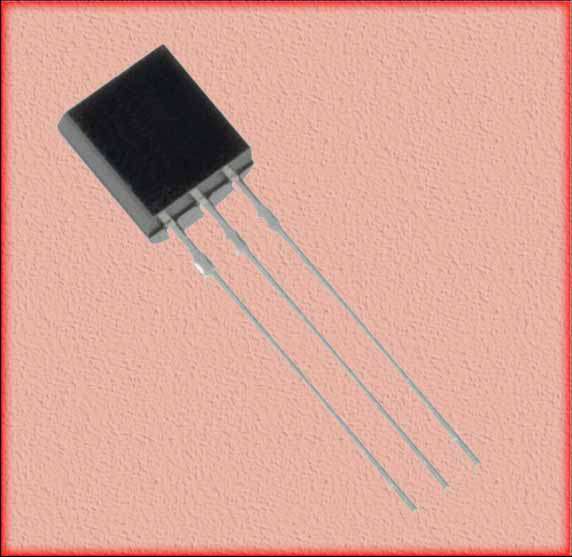BC547 Pinout: Important Applications, Features & Equivalent
BC547 Pinout
The BC547 pinout provides a fundamental configuration for understanding the connections and functions of the popular NPN transistor in various electronic circuits.BC547 transistor is commonly used bipolar junction transistor (BJT) that belongs to the NPN transistor family.
It is widely used in electronic circuits due to its low cost, small size, and versatile applications. In this article, we will delve into the details of the BC547 pinout transistor, its features, working principle, typical applications, and important specifications.

Table of Contents
BC547 Transistor Overview
The BC547 transistor is designed for general-purpose amplification and switching applications. It is housed in a small plastic package with three leads, known as the TO-92 package. The transistor consists of three layers of semiconductor material, namely the emitter, base, and collector, which are doped differently to control the flow of current.
Features of BC547 Transistor
The BC547 transistor stands out for its exceptional features that contribute to its widespread usage. Its low cost makes it an economical choice for various projects, especially when budget constraints are a concern. Additionally, its high current gain (hFE) allows for efficient amplification of signals.
One of the significant advantages of the BC547 transistor is its low saturation voltage. This characteristic ensures minimal power loss and enhanced efficiency during switching operations. Moreover, its low noise and distortion properties make it suitable for audio applications where maintaining signal integrity is vital.
The BC547 transistor exhibits a high transition frequency (fT) of 150 MHz, enabling it to handle high-frequency signals effectively. This feature makes it a valuable component in radio frequency (RF) circuits and applications requiring rapid signal switching.
Working Principle of BC547 Transistor
To comprehend the working principle of the BC547 transistor, it’s essential to understand its internal structure. The transistor comprises three layers: the emitter, base, and collector. These layers are doped differently to control the flow of current.
When a small current flows into the base terminal, it controls a larger current flow between the collector and emitter terminals. This property allows the BC547 transistor to amplify weak signals or function as an electronic switch, depending on the circuit configuration.
BC547 pinout
The BC547 pinout has a standard configuration. It is a three-lead device that follows the Emitter-Base-Collector (EBC) pinout arrangement. Here is the BC547 pinout.
Emitter (E): The emitter terminal is denoted by the letter “E” and is typically connected to the reference or ground potential of the circuit.
Base (B): The base terminal is denoted by the letter “B” and is responsible for controlling the transistor’s operation. It receives the input signal or control current that determines the behavior of the transistor.
Collector (C): The collector terminal is denoted by the letter “C” and is responsible for collecting and outputting the amplified or switched current.
The physical packaging of the BC 547 transistor, such as TO-92 or SOT-23, may have different arrangements or labeling for the pins. However, the internal connections remain the same, following the EBC pinout configuration.
When looking at the front side of the transistor with the flat side facing you and the pins pointing down, the pinout from left to right would typically be Emitter (E), Base (B), and Collector (C).
It is always recommended to consult the datasheet or manufacturer’s documentation for the specific BC547 pinout and that transistor variant you are using to confirm the pinout configuration and ensure accurate connections in your circuit.
Where to Buy BC547 Transistor
[wptb id=11154]Applications of BC 547 Transistor
The BC547 transistor finds applications in a broad spectrum of electronic circuits and projects. Its versatility makes it an integral component in various fields. Some common applications include:
Signal Amplification: The BC 547 transistor‘s high current gain makes it suitable for amplifying audio signals in audio systems, such as amplifiers and audio preamplifiers. It is also utilized in RF circuits for amplifying radio signals.
Switching Operations: The BC547 transistor’s ability to switch current flows makes it useful in digital logic circuits, where it controls the flow of signals and performs logical operations. It can also act as a switch in other applications, such as controlling motors or turning on/off lights.
Oscillators and Timers: Due to its stability and reliable performance, the BC 547 transistor is employed in oscillator circuits, which generate precise frequencies. It is also utilized in timer circuits for controlling time intervals and delays.
Voltage Regulation and Current Control: The BC547 transistor is often incorporated into voltage regulator circuits, where it helps maintain a steady output voltage. Additionally, it finds use in current control circuits, ensuring precise control over the current flow in various applications.
Sensor Interfacing and Signal Conditioning: In sensor circuits, the BC547 transistor facilitates the interfacing between sensors and microcontrollers or other processing units. It helps condition the sensor signals and makes them compatible with the input requirements of the receiving devices.
Important Specifications of BC547 Transistor
To ensure proper selection and utilization of the BC 547 transistor, it is essential to consider its key specifications. These specifications include:
Maximum Collector Current (IC): The maximum current that the transistor can handle without causing damage.
Maximum Collector-Emitter Voltage (VCEO): The maximum voltage that can be applied across the collector and emitter terminals.
Maximum Power Dissipation (Ptot): The maximum amount of power that the transistor can dissipate without overheating.
DC Current Gain (hFE): The ratio of the collector current to the base current, indicating the transistor’s amplification capabilities.
Transition Frequency (fT): The frequency at which the transistor’s current gain begins to decrease significantly.
Base-Emitter Voltage (VBE): The voltage required between the base and emitter terminals to forward bias the base-emitter junction and allow current flow.
Collector-Emitter Saturation Voltage (VCEsat): The voltage drop across the collector-emitter terminals when the transistor is fully conducting in saturation mode.
Considering these specifications will help you select the appropriate BC547 transistor variant for your specific circuit requirements.
Equivalent of BC547 Transistor
The BC547 transistor is a popular NPN transistor, and there are several equivalent transistors available in the market that can be used as replacements or alternatives to the BC547. Some of the common equivalents of the BC 547 transistor are:
2N2222: The 2N2222 is a widely used NPN transistor with similar characteristics to the BC 547. It has a maximum current gain (hFE) ranging from 75 to 300 and is commonly used in low-power amplifier and switching applications.
2N3904: The 2N3904 is another NPN transistor that can be used as a substitute for the BC 547. It has a higher current gain (hFE) ranging from 100 to 300 and is suitable for general-purpose amplification and switching applications.
PN2222: The PN2222 is a popular NPN transistor with characteristics comparable to the BC 547. It has a maximum current gain (hFE) ranging from 75 to 300 and is commonly used in low-power applications such as amplifiers and switching circuits.
PN3904: The PN3904 is an NPN transistor that shares similarities with the BC 547. It has a higher current gain (hFE) ranging from 200 to 300 and is suitable for general-purpose amplification and switching purposes.
It is important to note that while these transistors have similar characteristics, there may be slight variations in their performance. Therefore, it is recommended to consult the datasheets of the specific transistors and consider any differences in pin configurations or voltage ratings before using them as equivalents or replacements for the BC547 transistor in a particular circuit.
Conclusion
The BC547 transistor is a versatile and widely used component in electronic circuits. Its affordability, compact size, and wide availability make it a popular choice among hobbyists, students, and professionals alike. Whether you’re amplifying signals, performing switching operations, or working with oscillators and timers, the BC547 transistor offers a reliable and efficient solution.
By understanding the BC 547 transistor’s features, working principle, applications, and specifications, you can leverage its capabilities to design and implement innovative electronic projects. Whether you’re building audio amplifiers, digital logic circuits, or voltage regulators, the BC547 transistor’s versatility and performance ensure successful outcomes.
Embrace the potential of the BC 547 transistor and embark on a journey of creativity and exploration in the world of electronics. Incorporate this powerful component into your designs and witness the transformation of ideas into functional circuits.
Follow us on LinkedIn”Electrical Insights” to get the latest updates in Electrical Engineering. You can also Follow us LinkedIn to see our latest posts.




